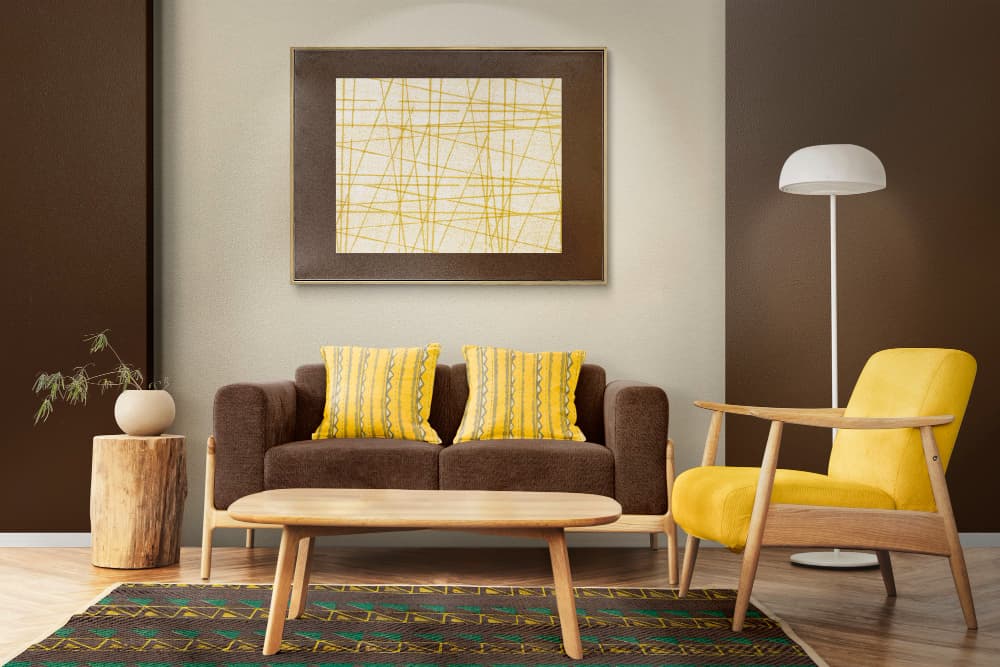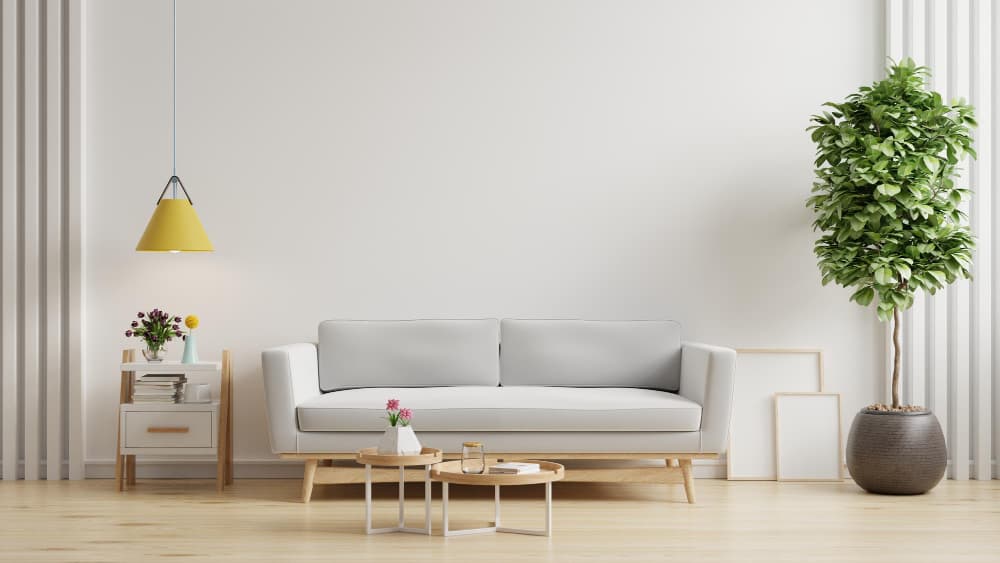
Role & Importance of Colors in Interior Design (According to Psychology)
One of the most significant elements in interior design is color. Consider being in a bad mood, and then your friend unexpectedly brings you a cup of your favorite ice cream. Everything in your universe changes, including your mood.
When it comes to the role of color in interior design, it has relatively similar abilities. You can create a range of emotions in your home by combining different color schemes, like:
- Serene
- Pleasing
- Aggressive
- Cozy
- Intimate
- Dramatic
Thousands of years of genetic programming have helped us respond to and enjoy different hues in our environment. Our sensitivities to various colors are written into our genes. A skilled interior designer will demonstrate how colors may drastically change your feelings in a certain situation.
The use of color can make a room appear bigger or smaller. Light colors in interiors are the best choice if the room is small and has little natural light. Darker colors will produce a cozy, inviting atmosphere in a large room.
For example, you can consider the emotion you want visitors to have when they enter the room. Or, you can choose the colors according to the emotions that you want the most in your home.
Types of Colors Based on Tone
There are primarily two colors based on tones: warm and cool.
Cool colors like blue provide a tranquil, serene, relaxing ambiance, whereas warm colors like red may instantly energize a room and give you an adrenaline rush.
The homeowner and the interior designer should decide on the ideal hue based on the room’s function and the impact of colors in a room.
Also Read: 29 Best Two-Color Combinations for Living Room Walls 2022
Impact & Importance of Different Colors in Interior Design
There are more than 10 million distinguishable hues, and a computer screen uses about 17 million to produce a full-scale image.
Here, we’ll concentrate on the role and importance of colors in interior design according to psychology, and prevalent hues, from which many other color tints are created.
1. Yellow
Warm and cool tones combine to create the yellow color. It conveys intelligence and vigor as well as calmness and aggression. The yellow color psychology says that this color mostly arouses feelings of joy, hope, and enjoyment.

2. Red
Red symbolizes blood, aggressiveness, and ferocity. It exhibits aspiration, tenacity, and leadership. Additionally, it suggests intense emotions, bodily urges, and a variety of sentiments. Only use this hue when you want to show off your best qualities.

Also read: Living Room Decoration With Plants: Types of Plants to Choose & Important Tips
3. Brown
The color brown can give your place an opulent, luxurious appearance. One of the most widely used colors for interior design, brown both exudes drama and warmth.
The space feels lighter when brown and white are combined. The combination of browns with beige and cream colors gives the space an elegant and artistic appearance. A dark brown color is an excellent choice for small areas like the bathroom.

4. Blue
The traditional soothing color is blue. Since water is blue, it immediately evokes a profound sense of satisfaction and calm. The blue color psychology also says it represents the size, boundless potential, and abundance of good energy. By the way, blue color combinations are the most often used hue worldwide!

5. Green
Energy is the essential word when it comes to going green. It stands for unrelenting feelings, effort, zeal, and hope.
Since green is also the color of money, you should choose it as a backdrop for your room. A combination of blue and green represents balance on a deeper level, as well as steadiness, to some extent. These things best convey the importance of colors in interior design.

Also read: Importance of Interior Designing: Top 8 Reasons Why Interior Design is Important
6. Purple
Purple is a symbol of innovation, experimentation, and originality. It is the hue that should surround your environment and space if you are an artist. Purple color combination represents creativity and ideas in addition to showing the potential of life.

7. White
White conveys a pleasant, fresh atmosphere and stands for youth and cleanliness. Contemporary design is preferred by those who like white. Cooler white hues create a more formal atmosphere, while warmer hues make a space feel cozier.

8. Black
Black is an elegant, enigmatic, and powerful color. People who choose black are thought to be aspirational and educated. However, too much black might be depressing. To add drama to your room, you could use it as an accent hue.

9. Orange
If you know someone who is depressed, their room should be painted orange. According to orange color psychology, this color represents drive, optimism, and hope.
Homeowners can create positive energy throughout the entire house by using this color. Purple and orange are seen to be very innovative color combinations.

Also read: Home Interior Design With Low Budget in India
10. Pink
Pink is a feminine color that symbolizes compassion, tenderness, and unwavering love. Newlyweds can use pink to spread positive energy around them, and long-married couples to rekindle their feelings and love.

Wrapping Up:
When properly and tastefully paired with pastel or neutral tones, any of these hues can liven up a space. By picking the proper color scheme, you can go a long way toward creating a cozy and memorable space for your visitors. The room you design should reflect your personality. Hope this write-up helped you understand the importance of colors in interior design and which ones are suitable for your home interior.


